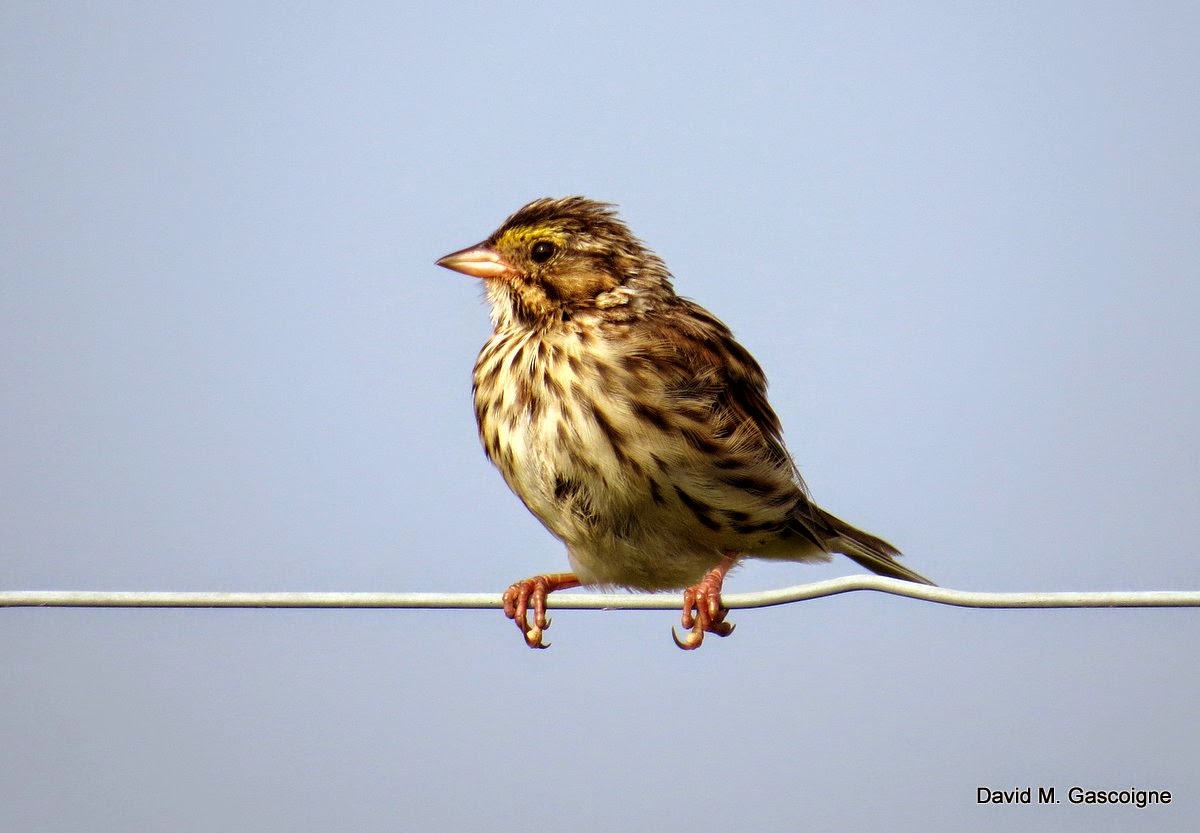Savannah Sparrow Passerculus sandwichensis
Grass Lake, Cambridge, ON
4 August 2014
It seems to be an immutable law when attempting to photograph Sandwich Sparrows that the moment you lift the camera the bird flies off! So, this individual was the exception to the rule and posed for a brief time, but enough to get a couple of shots.
Savannah Sparrow is a common grassland species and is easy to find from spring through fall. Its nest is constructed in a hollow scraped into the ground, with the rim at ground level, often concealed by a dome. I have never succeeded in locating a nest and I suspect that in recent years many fail due the early cuts of hay now practiced by most farmers.























Changes in farming practices can have a devastating effect on birds, can't they? It's a handsome-looking Sparrow.
ReplyDeleteHi David.Your comment "Are you taking the pictures or are you holding the bird?" If that's a typo then I hold the bird in left and camera in RH.
ReplyDeleteYour last picture is an absoloute belter.
The name Savannah Sparrow almost tells you everything you need to know about the species. It sounds to be in a similar predicament to our Corn Bunting, a bird of farmland which also nests in crops.
It was a serious question, Phil. I thought perhaps you had someone else with you. Great job if you are doing both!
DeleteFabulous pictures! Well done, David!
ReplyDeleteGreetings from a cloudy Poland :-)
Cute and speckled little guy!
ReplyDeleteWell done David!
Home at last!
Hugs to both of you!!
What a great photo David. Beautiful color and sharp and clear. Do you neiwue lens or camera ?? Your photos are truly pieces of improved and very beautiful!
ReplyDelete